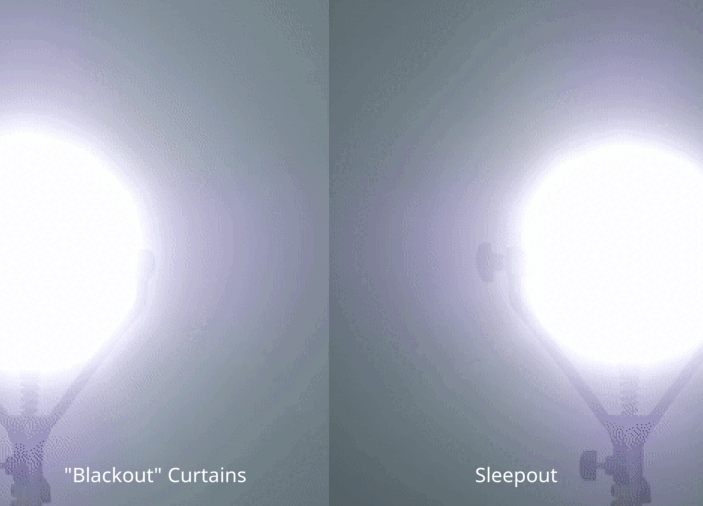As your baby grows and develops, one important milestone is transitioning out of swaddling. Swaddling can help soothe infants and promote sleep, but as they get older, it becomes necessary to adjust their sleep environment to ensure their safety and support their development.
Why Transition Out of Swaddling?
As your baby grows and develops, one important milestone is transitioning out of swaddling. Swaddling can be incredibly beneficial for newborns, as it mimics the snug, comforting environment of the womb However, as your baby grows and develops, continuing to swaddle can pose risks and hinder their overall development. It's essential to allow your baby more freedom of movement as they develop their motor skills, learn to explore their surroundings, and gain the ability to roll over and self-soothe.
How to Transition Out of Swaddle: Step by Step
Successfully transitioning your baby out of swaddling requires a gradual and patient approach, with close attention to their sleep patterns, cues, and individual needs. Here's a step-by-step guide to help you through this process:
- Observe your baby's sleep patterns and cues: Watch for signs that your baby is ready to transition, such as breaking free from the swaddle, rolling onto their side or stomach, or consistently waking up in the middle of the night.
- Gradually reduce swaddle time: Start by swaddling your baby for only part of the night or during naps. This gradual change can help them adjust to sleeping without the swaddle and learn to self-soothe. You can also try swaddling with one arm out, allowing your baby to become accustomed to having more freedom of movement during sleep.
- Maintain a consistent sleep environment and routine: Ensure your baby's sleep space is quiet, dark, and cool to promote a restful sleep. Maintain a consistent bedtime routine that includes soothing activities like bathing, reading, singing, or gentle rocking. This consistency can make the transition process smoother and more comfortable for your baby.
- Be patient and responsive: The transition process may take time, and your baby may need extra comfort and reassurance during this period. Understand that every baby is different, and the transition out of swaddling may be easier for some than others. Stay patient and adaptable as you guide your baby through this important developmental milestone.
This process will not only improve their overall sleep quality but also promote their physical and emotional development as they grow and learn to navigate the world around them.
What is the Arms Up Swaddle?
The Arms Up Swaddle technique is a transitional approach designed to help babies adjust to sleeping without a traditional swaddle as they grow and develop. This method positions your baby's arms in a natural, "arms up" position close to their face while still providing a sense of security and containment, similar to a swaddle. The Arms Up Swaddle technique offers several notable benefits that can make the transition process smoother and more comfortable for both parents and babies:
- A smoother transition: The Arms Up Swaddle technique allows your baby to gradually adjust to sleeping without a swaddle while still feeling secure and comfortable. This method helps to bridge the gap between being fully swaddled and sleeping with complete freedom of movement, reducing any potential sleep disruptions during the transition process.
- Promoting self-soothing: With their arms accessible, your baby can more easily self-soothe by sucking on their fingers, rubbing their face, or hugging a small comfort object, which can help improve sleep quality and reduce night wakings.
- Reducing the startle reflex: The gentle pressure provided by the Arms Up Swaddle technique can help minimize your baby's startle reflex, which can cause them to wake up suddenly during sleep. By reducing the startle reflex, your baby may experience more restful and uninterrupted sleep.
Keep it Up, Mom!
Transitioning out of swaddling is a crucial milestone in your baby's development and safety. By following the step-by-step guide we've provided, including the use of transitional techniques like the Arms Up Swaddle, you can help your baby adjust to sleeping without a traditional swaddle. Remember to be patient, consistent, and responsive during this transition period, and consider creating a sleep-conducive environment for your baby by investing in high-quality blackout curtains.
To help your baby sleep through the night, consider adding the most recommended blackout curtain by sleep specialists in North America to their sleep environment. Visit our website to purchase these curtains, and use code WELCOME10 for $10 off. Your baby's sleep is worth it, and we're here to support you through this important transition.





